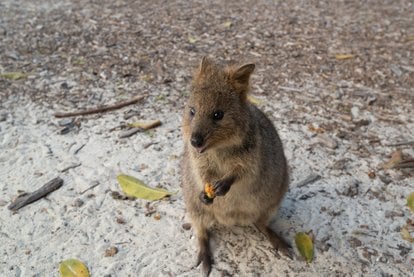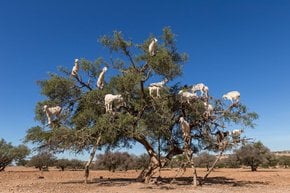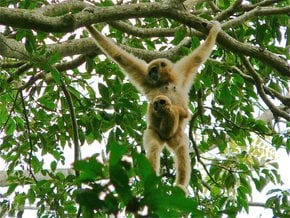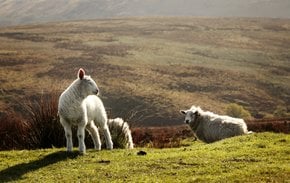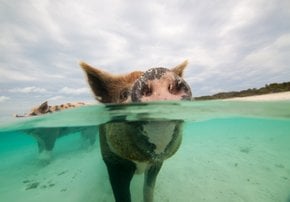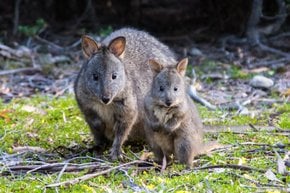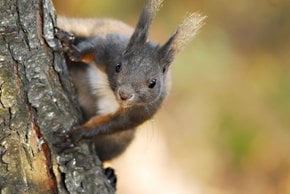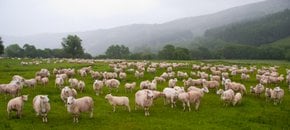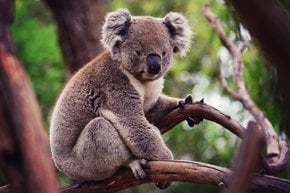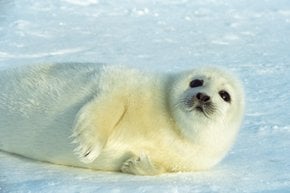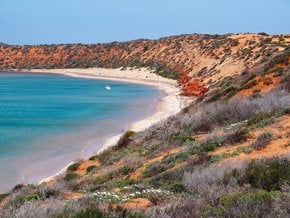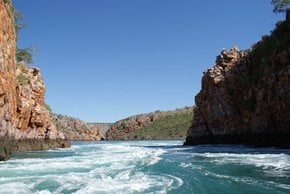Quokka, the World's Happiest Animal in Western Australia 2025-2026
The world's smallest marsupial, the quokka, lives on the Rottnest Island and is considered to be the world's happiest animal
Best time: April–December
Actually, the island was named after this animal. Back then, they were mistaken for large rats by a Dutch visitor who named the island the "rat's nest" in Dutch, which later became Rottnest. The island still is the main place of the quokka's habitat. There are around 12,000 quokkas on Rottnest and 14,000 in the wild in general. So it's quite easy to spot them here.
Quokkas are very social and not afraid of humans. Just like racoons, they scavenge for food and most likely will take treats from tourists. But you should remember that they are vulnerable and giving them food could be harmful. In fact, you're not even allowed to touch them according to Australian law.
Although you are allowed to take selfies which quokkas won't mind either. Because of their irresistible smile and charm, they got the status of the happiest animal in the world. However, every year a few dozens patients, especially children, are treated in the Rottnest Island infirmary for quokka bites.
Quokkas breed from January to August and their babies, called joeys, live in their mothers' pouch for six months, so if you come between April and December you can even spot some few-months-old quokka babies.



